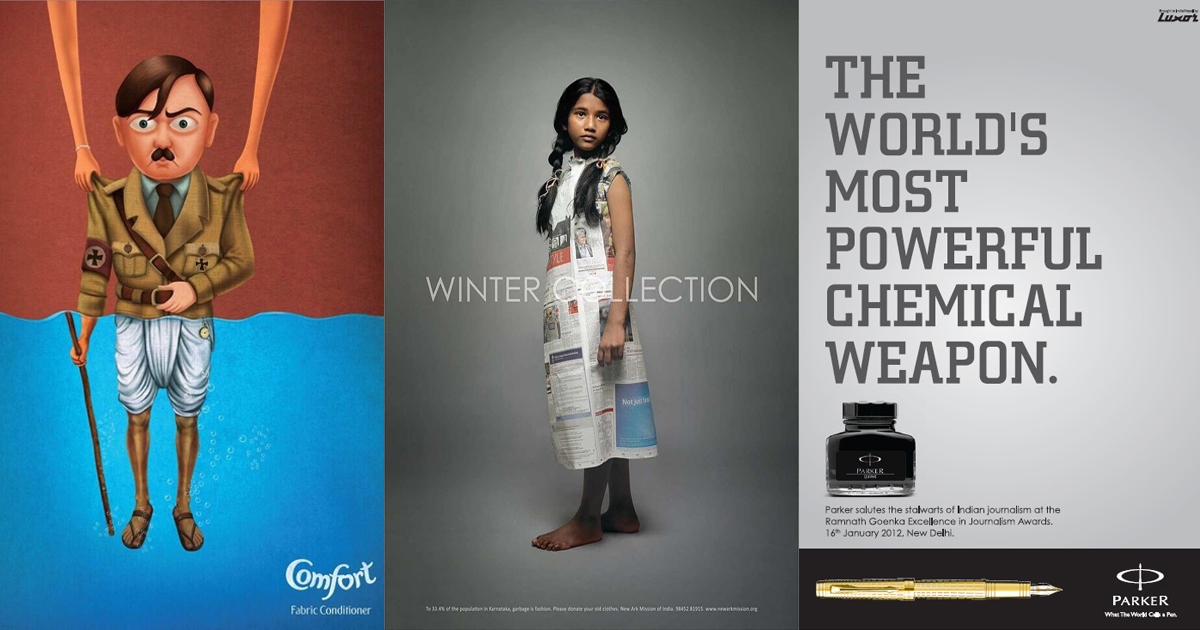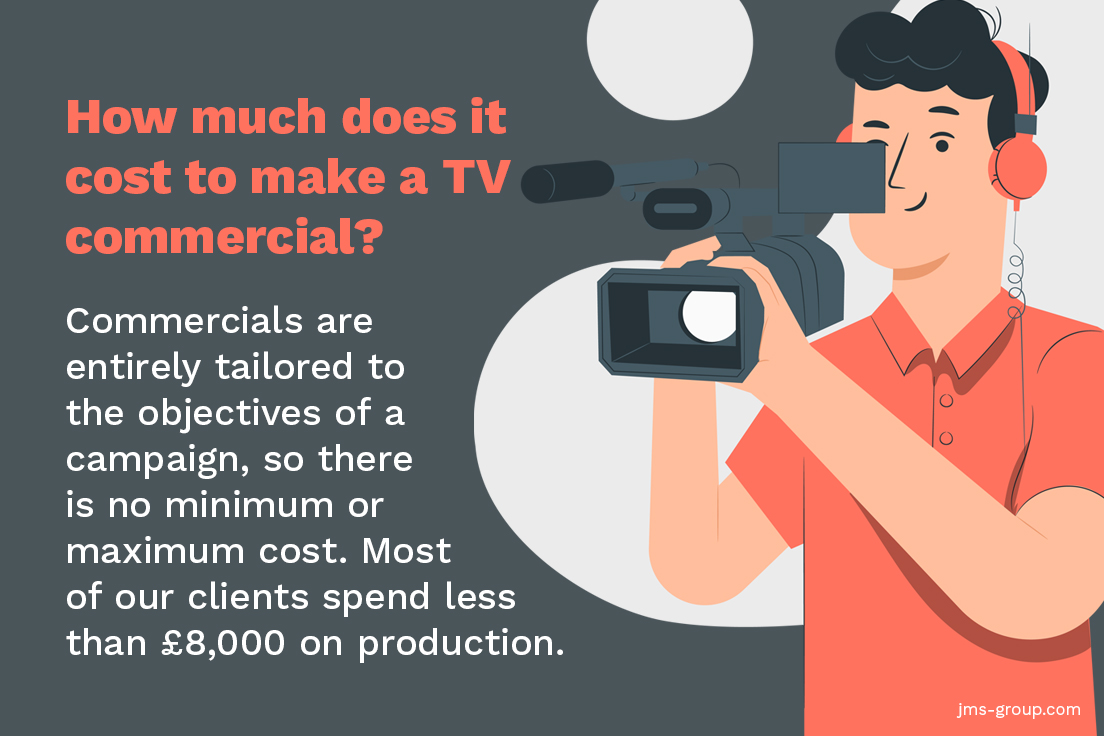
Burkett Outdoor Advertising, a marketing and advertising firm, has been around for over 30 year. It has its headquarters in Amarillo Texas and serves San Antonio and Austin, Texas. Beau Burkett, Randy Burkett, and Randy Burkett own the company.
Bill Salter Outdoor Advertising
A complaint filed last month by a local business owner alleges that two Burkett Outdoor Advertising digital billboards in downtown San Antonio violated state ethics laws, including those relating to the purchase of ad space. Jim Persons, a supporter of the downtown ballpark development, filed the complaint.

The business owner claimed that the signs were not in compliance with state law. He said that they didn't contain a TEC Right-of-Way notice and that the ads did not reveal that Tim Benson had purchased the ad area. The campaign is not paid for, according to the business owner.
TEC Rejects Businessowner's TEC Complaint
Persons, who is the owner of an insurance agency and filed the complaint on Oct. 12. The TEC rejected it. In a statement, the commission stated that the complaint was due to technical errors.
The TEC cited "simple mistakes" in the ads information in its rejection letter. The TEC claimed that the ads stating Benson had purchased the ad-space were difficult to read and didn't include a TEC rights-of-way statement, as required by law.
These errors may not be serious, but it is open to debate. The TEC did no respond to reporter inquiries on Wednesday.

City's Sign Ordinance is Not Constitutional
This case centers on the constitutionality and legality of an ordinance by Salter that requires him to get permits to place off-premises advertising signs. Salter specifically challenges the City's municipal ordinance (the "Ordinance"), which governs the location, size and setback of outdoor advertising signs. The court will decide whether the Ordinance, as it is applied, is constitutional. The court will need to consider evidence that the Ordinance favors commercial advertisements over those not.
FAQ
What is advertising?
Advertising is an artistic art form. Advertising is more than selling products. It's about building emotional connections between brands and people.
Advertising is about storytelling and using images to communicate ideas.
You must communicate clearly and persuasively. Your target market should be able to relate to the story you tell.
Advertising is therefore different from other forms such as presentations, writing, and public speaking.
When you create a winning ad campaign, it is creating your brand identity.
This is how you are memorable. You become someone that people remember.
What do you need to know about radio advertising?
You should understand how the different types of media affect each other. Remember that media can complement each other and are not necessarily competitive.
Radio is best utilized as an extension to TV advertising. It enhances television by reinforcing important messages and providing additional details.
For radio listeners, TV commercials can often be too long. Radio ads tend to be shorter and more affordable.
What is affiliate Marketing?
Affiliate marketing is an internet business model in which you refer customers to other products and services. You get paid by the product owner when someone buys from them.
Affiliate marketing relies on referrals. Referring people to your website is all that's required. Refer them to the website.
Making money doesn't require any hard selling. It's as simple to sell as to buy.
You can even set up an affiliate account in minutes.
Referring as many people as possible will increase your commission.
There are two types affiliates.
-
Affiliates who own their own websites
-
Affiliates who work with companies that provide products and/or services.
What is branding?
Branding is how you convey who you really are and what you believe in. It is how you make people recall you when they hear you name.
Branding is about creating a memorable brand identity for your company. A brand is more than just a logo. It includes everything from your physical appearance and the voice of employees.
Because they are confident they will get what they want, a strong brand can help customers feel more comfortable buying from you. And it gives them confidence in choosing your products over those of competitors.
Apple is a prime example of a company with a strong brand. Its brand is known worldwide for its sleek design, high-quality products, and customer support.
Apple has been synonymous with technology since its inception. Apple is what people associate with when they see a phone or computer.
When you consider starting a business, it's important to develop a brand. This will give your business a face and personality.
Why use social media for advertising your business?
Social Media Marketing (SMM) allows you to reach customers where they are - on social networks such as Facebook, Twitter, LinkedIn, YouTube, Google+, etc. You can also target specific audiences within these networks by using keywords.
This advertising strategy is cost-effective as it costs less than traditional methods to market online. It also allows you to build strong relationships with your current and potential clients.
It's very easy to start using social networks to promote your business. All you need is access to the Internet and a smartphone.
What is an advertising buyer?
An advertiser buys advertising space on TV, radio, print media, etc.
Advertisers pay only for the time their message is to appear.
They do not always look for the best ads, but are looking for the most effective to reach their target audience.
An advertiser might have information specific to their potential customers such as age and gender, marital status or occupation, hobbies, interests, income, etc.
The advertiser can use this data to determine which medium will work best for them. An example is direct mail that appeals to older people.
Advertisers also take into account the competition. Advertisers may choose to place ads near competitors if there are similar businesses in the area.
Advertisers must also take into account the size of their budget as well as the time it will take to spend the money before it expires.
What should you know about printing advertising?
Print advertising is an effective way to reach consumers. Many companies use print advertising to promote their products. It is designed to attract the attention of the customer.
Print ads are typically one page long and include text, images, logos and other graphics. These ads may include sound, animation and video as well as hyperlinks.
Here are the main types and classifications of print advertising:
1. Brochures are large-format printed materials that are designed to draw people into shops. Brochures often feature eye-catching designs and colorful photos.
2. Catalogues – These are smaller versions to brochures. These are usually sent to customers who request information about specific items.
3. Flyers – These are small pieces made of paper that are distributed at events, such as fairs or concerts. These flyers are usually free, but they must be purchased if given to retail outlets.
4. Posters - These flyers can be larger than the ones you see on the flyer. They are placed on walls, fences, buildings and other surfaces. They are created by computer software programs in order to grab passersby's eyes.
5. Direct mail: These are postcards or letters that are sent directly by post to potential customers. These cards are sent by companies periodically to remind their customers about their company.
6. Newspaper Ads – These are ads that appear in newspapers or magazines. These are typically quite long and often contain text as well images.
Statistics
- This means that at least 50% of an ad needs to be shown on the screen for at least one second. (quicksprout.com)
- It's 100% reliant on your website traffic. (quicksprout.com)
- In 1919 it was 2.5 percent of gross domestic product (GDP) in the US, and it averaged 2.2 percent of GDP between then and at least 2007, though it may have declined dramatically since the Great Recession. (en.wikipedia.org)
- Google will display whichever ad type (CPM or CPC) is expected to earn more revenue for the publisher, which is in Google's best interest since they take a 32% share of the revenue. (quicksprout.com)
External Links
How To
How do I place my advertisement on a billboard
Billboards were popularized by the United States Army during World War II. They became a standard fixture along roadsides and highways. Most billboards contain text advertising. However, some have photographs or art. Although most billboards remain static, some display messages that change frequently, such as weather forecasts and stock prices or news about political events.
Although most billboards can be found outdoors, there are also indoor options. Most outdoor billboards are seen by traffic at least once per day. Indoor ones are only visible once or twice a year. A "cubic" outdoor billboard is the most popular type. It is made up of three layers: two sheets of glass sandwiched between a layer of fiberglass mesh and one sheet of glass. This allows air to circulate throughout the billboard, which keeps it cool in hot and warm in cold.
Billboard Advertising Inc. owns many of North America’s largest billboard advertising agencies and pays advertisers to display their ads on its billboards. These companies then sell advertising space on their billboards. Advertisers buy these spaces based on how much they want to spend on advertising. They often choose the best locations for their ads based on where people drive and walk the most.
Billboard Advertising Inc. sells advertising space. It also has agreements with local governments to place signs on public property. Some cities allow billboards in any area, while others have restrictions. Chicago, for example requires that billboards are no higher than 1,000 feet from any highway. Other cities place restrictions on billboards being placed closer than 500ft from schools or churches.
Billboard Advertising Inc. is a contract holder for the promotion of products and services throughout the United States. These include Florida, California Nevada, Texas Arizona New Mexico Colorado Washington Oregon Idaho Utah Wyoming Alaska Hawaii Canada Puerto Rico Guam Virgin Islands and American Samoa.